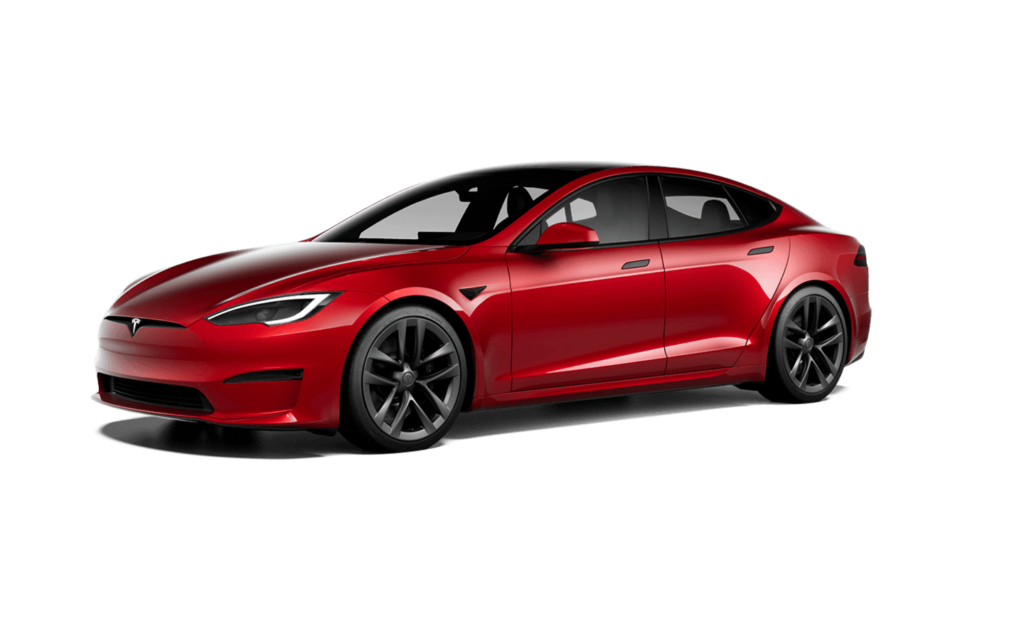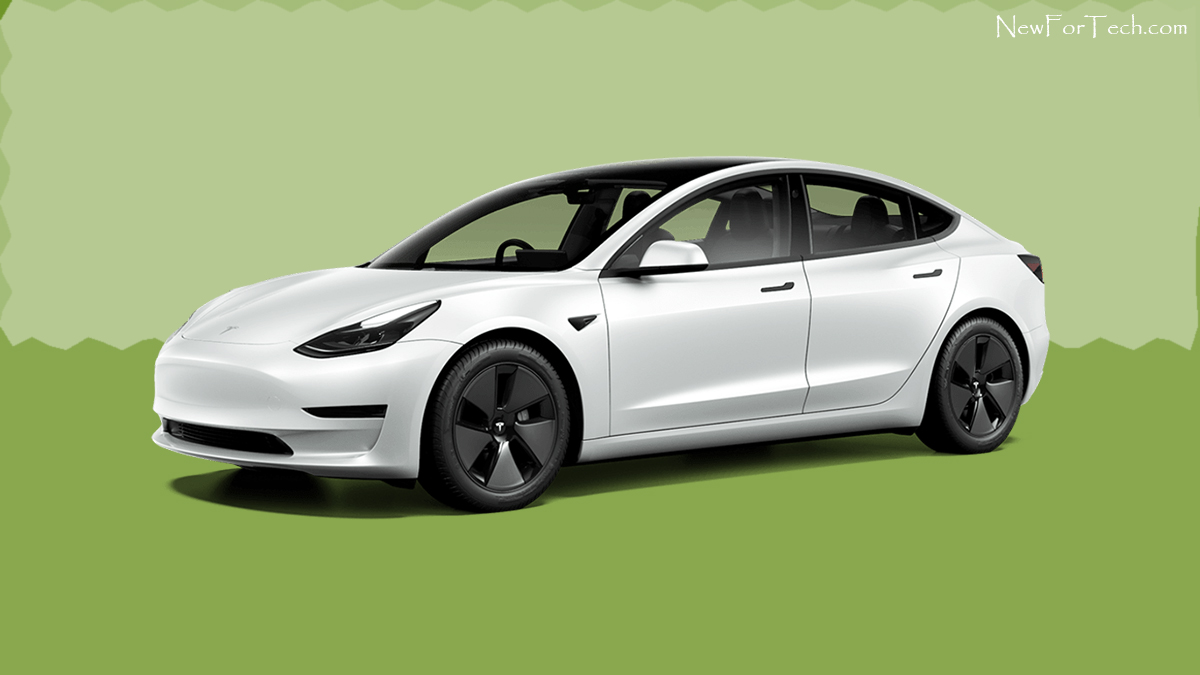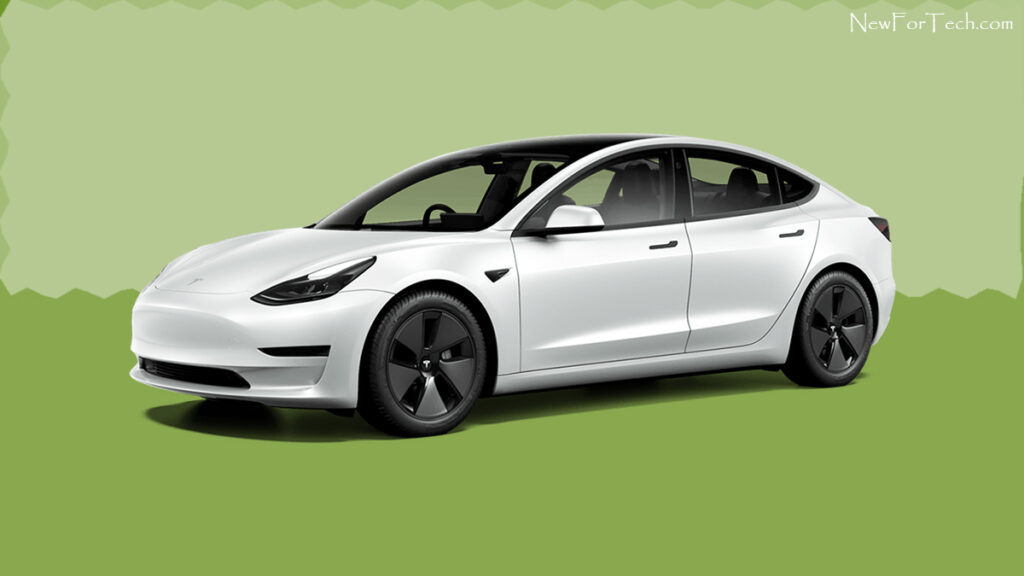Elon Musk and LVMH tycoon Bernard Arnault consistently vie for the title of the world’s wealthiest person. Musk’s tweets, podcast remarks, and Cybertruck revelations notably sway Tesla’s daily stock performance.
Crucial to a company’s value is Tesla’s share of the global EV market. In Q1, it commanded a substantial 62% in the US and surpassed China’s BYD Auto to secure a 20% global market share in Q2 2023, per Counterpoint Research.
Despite this, insiders argue that Tesla’s firm grip is slowly slipping. Experian notes a decline in Tesla’s overall EV market dominance in the US, dropping from 79.4% in 2020 to 65.4% by the end of 2022, and recent estimates place it at approximately 56.5%, per Business Insider. The decline is significant.
This shift was inevitable. Tesla’s unparalleled EV sales dominance was sustained as legacy automakers neglected the industry’s transformative changes. The competitive landscape is evolving, promising consumer benefits, whether they are Tesla enthusiasts, loyal followers of traditional manufacturers, or those exploring solutions in the Asian markets.
China’s Growing Threat
In the West, names like NIO, Xpeng, Zeekr, and Wuling are gaining recognition, posing a significant challenge to Tesla’s market dominance.
BYD, backed by Warren Buffet, is already impacting Tesla. Its Atto 3 became Sweden’s top-selling EV in July, creating a monthly showdown with Tesla for the global EV seller crown.
The auto industry’s neglect of China has transformed it into a source of serious competition, no longer limited to “cheap and cheerful” vehicles but presenting real challengers to established automakers.
Tesla’s slumber parallels the oversights of BMW, Mercedes-Benz, Ford, and others. Early reviews praise Nio’s ET5 as a credible rival to the BMW i4 and Tesla Model 3, receiving 4/5 stars from Autocar.
Similar stories unfold with BYD’s Seal and Dolphin, offering compelling value for money. Tesla faces increased competition, spurring the need for new models, enhanced technology, or more competitive pricing.
The East’s rising rivalry compels Tesla to respond with innovation, expanding beyond the Cybertruck and exploring diverse strategies for success.

Emerging Wave of Affordable EVs
In the electric vehicle (EV) landscape, the focus shifts to crafting affordable options, eliminating compromises in range and build quality, and drawing the masses toward electrification.
Renault’s Twingo, set for a 2026 launch at €20,000 (£17,000), aims to be among Europe’s most economical EVs. Kia eyes a sub-$30,000 / £25,000 / AUS$45,000 price tag for its highly anticipated EV 2 in 2026. Jeep’s electric Avenger, priced just above £35,000 / €39,000, has hit the UK and Europe markets but is deemed too small for the US.
Tesla reacts with plans for a €25,000 ($26,838) EV, positioning itself in the affordable market, and aiming to undercut the current Model 3 by half.
Success hinges on battery costs and raw materials, with decreasing prices potentially making mass-market EVs competitive with internal combustion engine vehicles, as suggested by Benchmark Mineral Intelligence analyst Evan Hartley.
Tesla’s Evolving Strategy
Facing increasing pressure on EV sales, Tesla diversifies into other vital electric vehicle markets, offering its Supercharger technology to charging providers.
Striking deals worth hundreds of millions with BP and the EG Group, Tesla is set to deploy Supercharger stations across the UK, Europe, and North America, marking a significant move into the charging infrastructure sector.
While Tesla’s Supercharger network isn’t flawless, it outshines rival offerings in predictability, maintenance, and accessibility, with an extensive presence established before widespread EV adoption.

Tesla’s move to provide its technology as a plug-and-play solution opens doors for energy providers, shopping malls, car parks, and hotel chains to bulk purchase and profit.
As a major player in the energy sector, Tesla’s plug-and-play solar, Powerwall, and Megapack solutions position it to address the growing burden on the grid caused by increasing EV adoption.
Public charging stations integrated with solar and battery storage capabilities present a promising solution to current network challenges, offering a glimpse into the future of EV infrastructure.
Revolutionizing In-Car Entertainment
Tesla pioneered automotive services, introducing pay-as-you-go features through its advanced connected infotainment system. After purchasing the car, users can lease premium features conveniently via the touchscreen.
These features are typically accessible through subscription plans, boosting Tesla’s monthly cash flow. In 2022, “services as other revenue” became Tesla’s second-largest revenue segment, raking in $6.1 billion, a 60% YoY increase, reports Business Insider.
Legacy automakers like BMW and Mercedes-Benz are exploring this model, with more expected to join. Effectively implemented, it could lower the entry cost of EVs, offering basic packages as the most affordable introduction to electric motoring.
Customers could then opt to subscribe to additional features like heated seats or unlock gaming functionality through the infotainment system.
However, the heavy reliance on software and over-the-air (OTA) updates prompts concerns about the shelf life of modern EVs. The question arises: will they be updated into obscurity, akin to that forgotten iPad under your sofa?
This legitimate concern is impacting the residual values of electric vehicles, as some buyers question their ability to hold value compared to traditional internal combustion engine cars.
Revolutionizing Insurance for EV Owners
Beyond concerns about charging networks and wait times, insurance costs are a major issue for today’s EV owners.
EV insurance is pricey due to high purchase costs, intricate battery repairs, and the inherent brisk performance of electric motors.
Tesla, facing complaints about expensive insurance quotes, responded by establishing its own insurance company. Leveraging vast data collected during drives, Tesla tailors premiums based on individual driving behavior.
Utilizing the in-house app, customers receive a Safety Score, determined by onboard sensors, influencing the next month’s premium.

While telemetry devices lowering premiums aren’t new, Tesla’s unique approach, insuring only its cars, allows precise cost control and personalized products.
Matthew Avery of Thatcham Research notes this approach enables more competitive and bespoke products. Tesla’s insurance prices, potentially 49% cheaper than major insurers depending on the state, signal a significant advantage.
Despite imperfections, like customer service complaints, Tesla’s model could influence other EV makers, given modern vehicles’ data capabilities.
Discover more from NewForTech
Subscribe to get the latest posts sent to your email.





